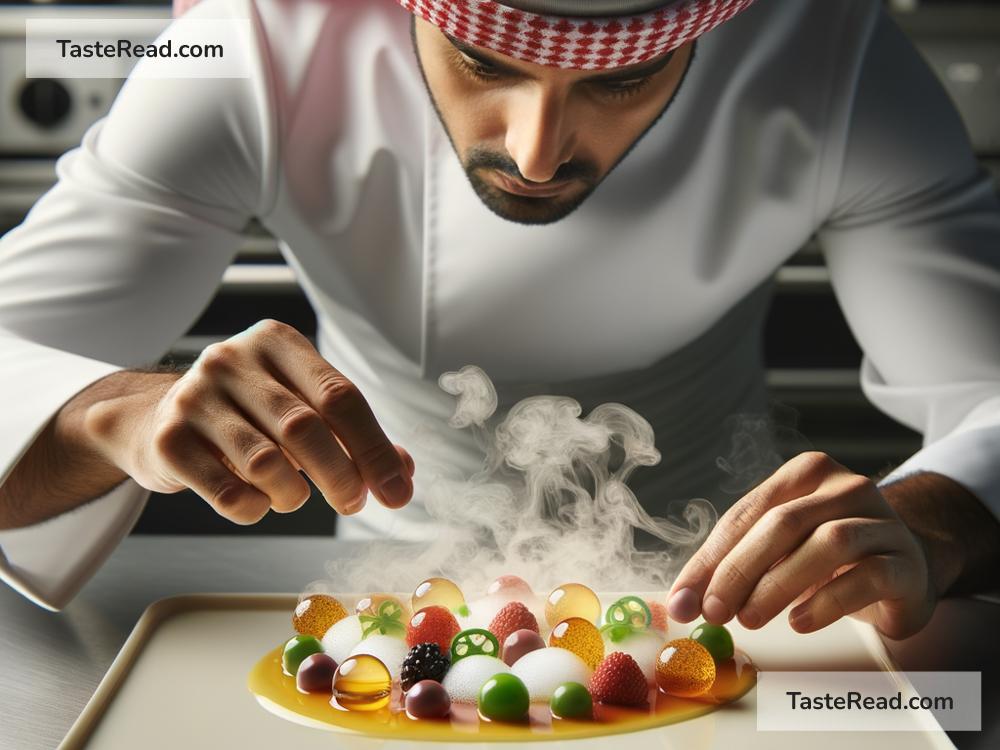The Science of Cooking with Catalysis: Techniques and Tips
Have you ever wondered why some foods cook faster or taste better when you add certain ingredients or prepare them in a specific way? It turns out that the secret lies in science—particularly a process called catalysis. While the term might sound complex, catalysis plays an important role in everyday cooking and can help you become a better home chef. In this blog, we’ll explore what catalysis is, how it works in the kitchen, and some simple tips you can use to boost your cooking skills.
What Is Catalysis?
In science, catalysis is a process where a substance, called a catalyst, speeds up a chemical reaction without being used up in the process. Catalysts lower the energy needed for a reaction to occur, making it happen faster and more efficiently.
You might be thinking, “What does this have to do with cooking?” Well, cooking involves a lot of chemical reactions—like when proteins break down, sugars caramelize, or starches transform into softer textures. Catalysts are everywhere in the kitchen, often disguised as everyday ingredients, tools, or techniques.
Examples of Catalysis in Cooking
Here are some common examples of how catalysis happens when you cook:
-
Tenderizing Meat: The Role of Acids
Acids like lemon juice, vinegar, or yogurt act as natural catalysts in breaking down tough meat proteins. When you marinate meat with acidic ingredients, they help soften the fibers, making the meat tender and flavorful. This is why recipes often call for acidic marinades when cooking tougher cuts of meat. -
Baking with Enzymes
Enzymes are biological molecules that act as catalysts in food preparation. For example, yeast contains enzymes that help break down sugars during fermentation in baking. This reaction produces carbon dioxide gas, which makes bread rise and gives it a light, fluffy texture. -
Caramelizing Sugars
When you heat sugar to make caramel, the process speeds up if you add a pinch of salt or cream of tartar. These ingredients act as catalysts by altering the chemistry of sugars, helping them caramelize more easily and evenly. -
Cooking with Metal Pans
Did you know that the material of your pan can also act like a catalyst? Metal pans, especially those made of copper, conduct heat very efficiently and allow chemical reactions (like browning or searing) to occur faster. This is why professional chefs often use high-quality metal cookware to improve their results.
Tips for Using Catalysis in Your Cooking
So how can you use catalysis to make your cooking better? Here are some simple tips and techniques:
-
Use Acid to Your Advantage
Acids speed up many cooking reactions. Add a squeeze of lemon to your vegetables after steaming to brighten the flavors and soften their texture. You can also use vinegar to quickly tenderize meat or deglaze a pan when making sauces. -
Marinate for Maximum Flavor
Marinades with acidic ingredients not only tenderize but also enhance flavor. Combine yogurt, citrus juice, or vinegar with spices and herbs when preparing meat and allow it to marinate for at least an hour. The acids act as catalysts, infusing the meat with delicious flavors. -
Control Temperatures for Caramelization
If you’re making caramel or roasting vegetables, adding a small pinch of salt or spices can help sugars break down faster. Use the right temperature—usually medium to high heat—to take advantage of these catalytic reactions for sweeter, richer flavors. -
Choose the Right Cookware
Selecting the right cookware can make a big difference. Copper or stainless steel pans heat up quickly and evenly, ensuring faster reaction times for browning, frying, or sautéing. An even surface helps you get those delicious caramelized edges on meats and vegetables without burning or undercooking them. -
Let Enzymes Do Their Thing
Enzymes in ingredients like yeast, pineapple, or papaya can act as natural tenderizers and flavor enhancers. Use yeast to ferment dough for bread or pizza, or add grated raw pineapple or papaya to marinades for tougher cuts of meat. -
Experiment With Catalysis in Baking
Next time you’re baking, use eggs, baking powder, or even buttermilk as catalysts to help create structure, rise, and fluffiness. For example, try adding yogurt to pancake batter for a softer and more airy texture.
Why Understanding Catalysis Can Make You a Better Cook
When you understand the science behind catalysis in cooking, you gain insight into why certain ingredients, techniques, or tools work the way they do. This knowledge empowers you to experiment and troubleshoot in the kitchen, whether you’re trying to fix a failed recipe or enhance the flavor of your favorite dish.
Cooking isn’t just an art—it’s also science. And once you grasp the basics of catalysis, you’ll find yourself achieving better, faster, and tastier results every time you cook.
Final Thoughts
The next time you stir a pot or season a dish, take a moment to think about the small but powerful role catalysis is playing in your cooking process. Whether it’s tenderizing meat, baking bread, or caramelizing vegetables, catalysts help make good food great. With these simple techniques and tips, you can use science to level up your kitchen game and impress your family and friends with your culinary skills. Happy cooking!


